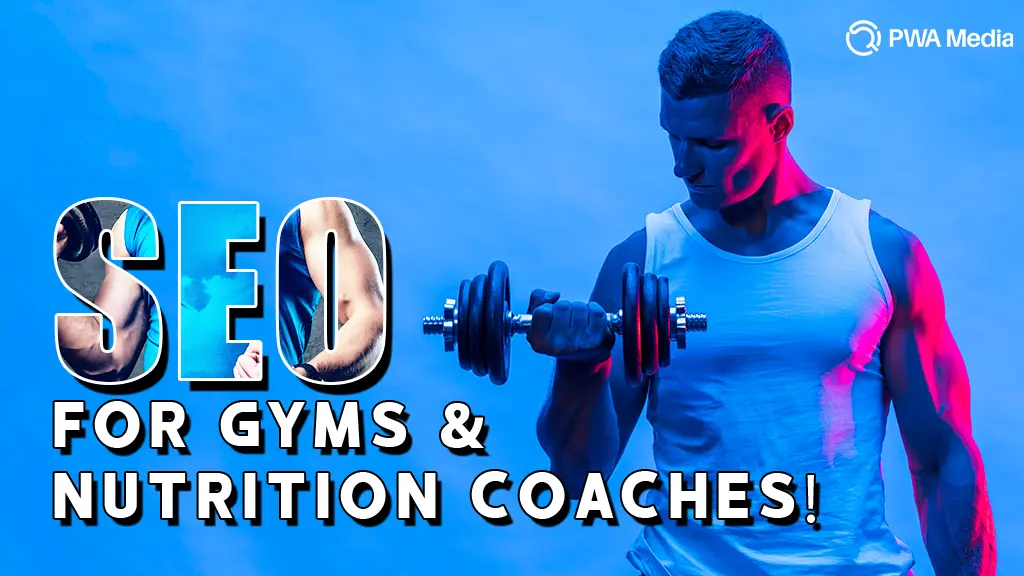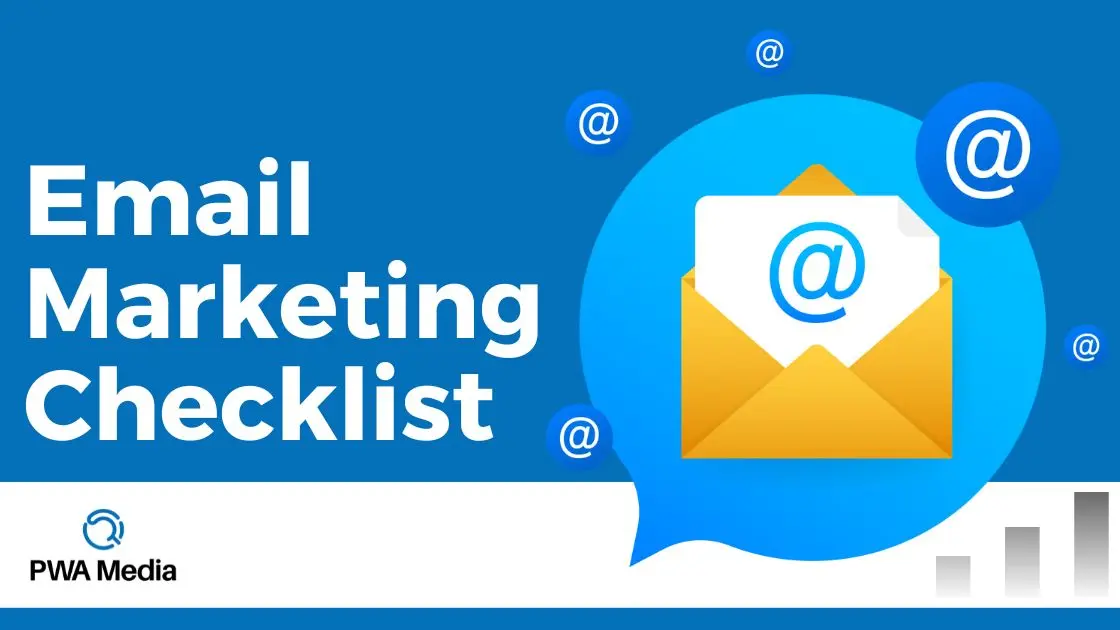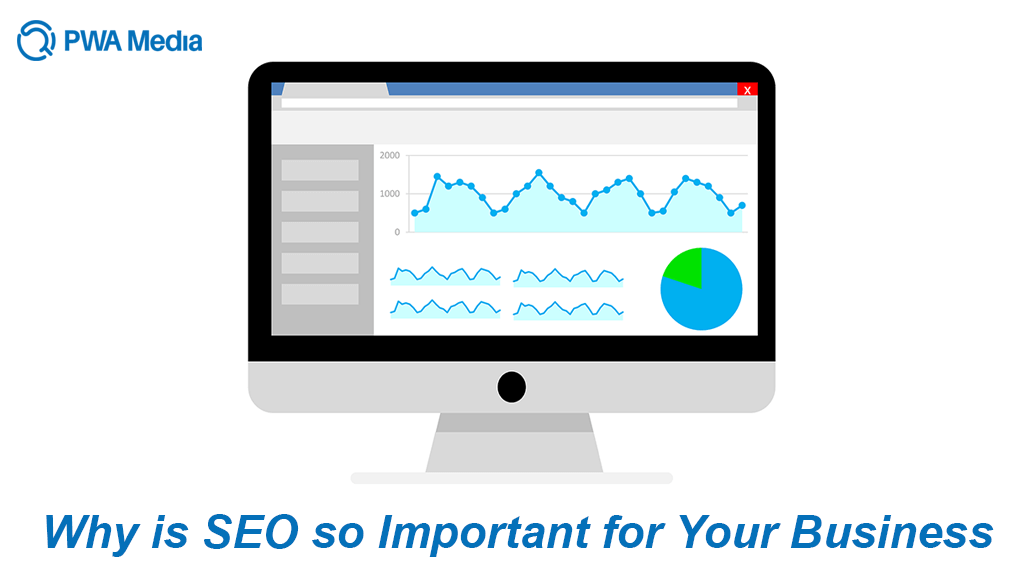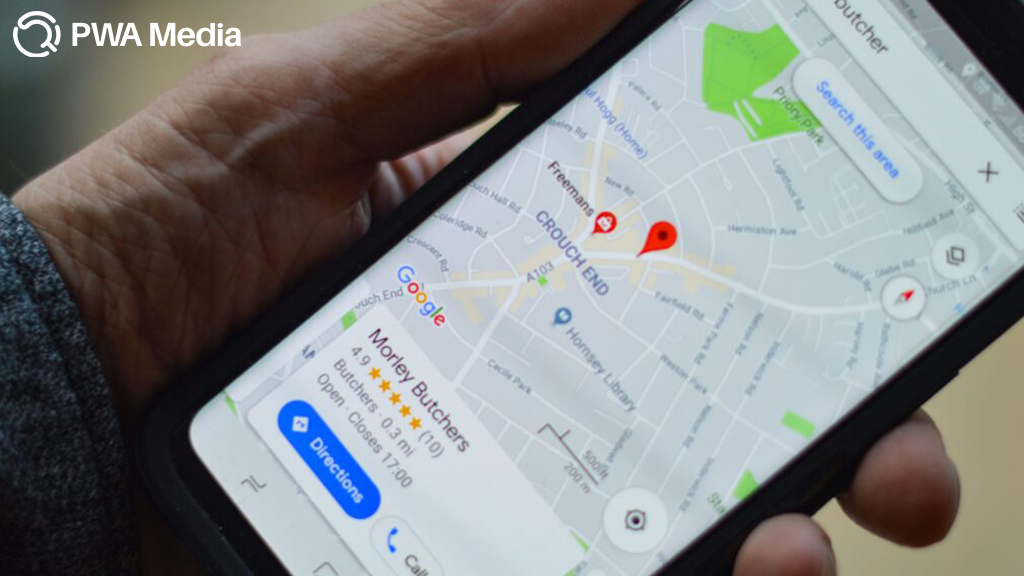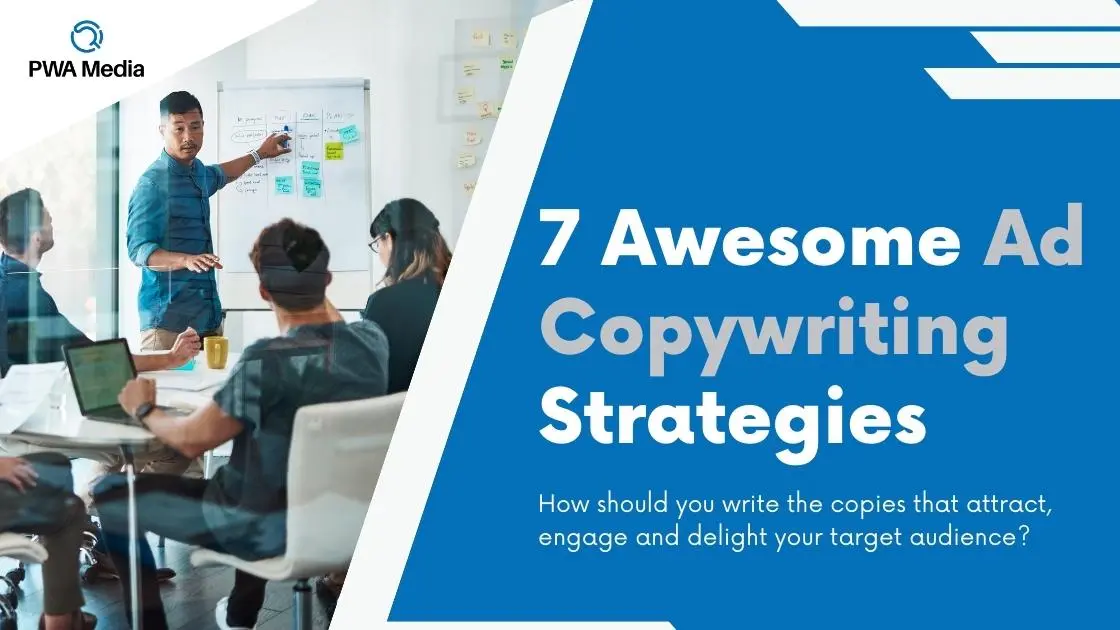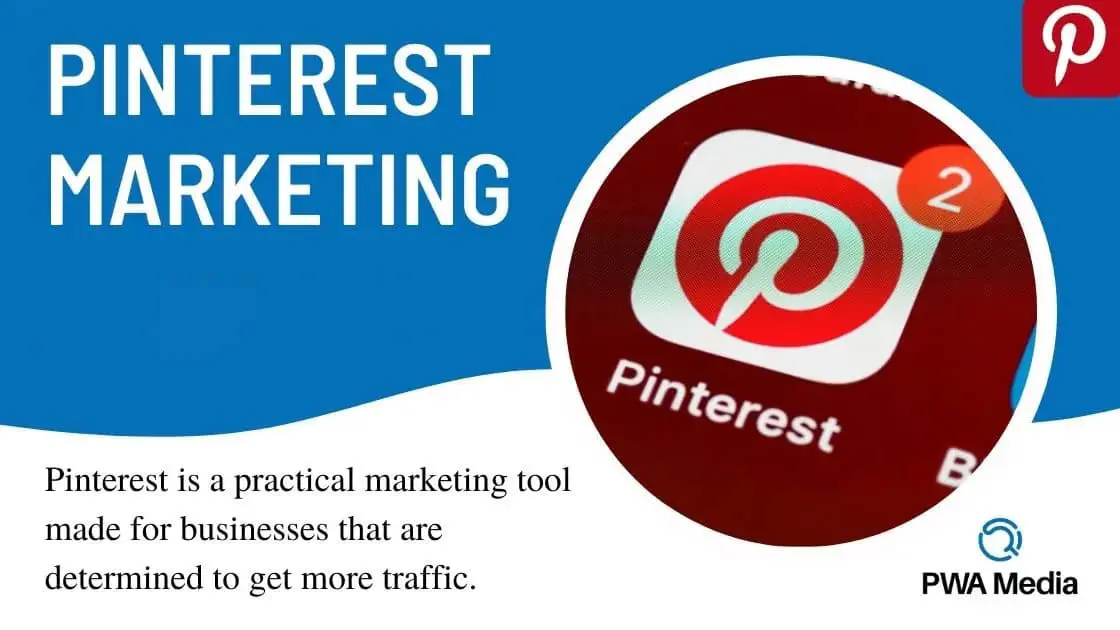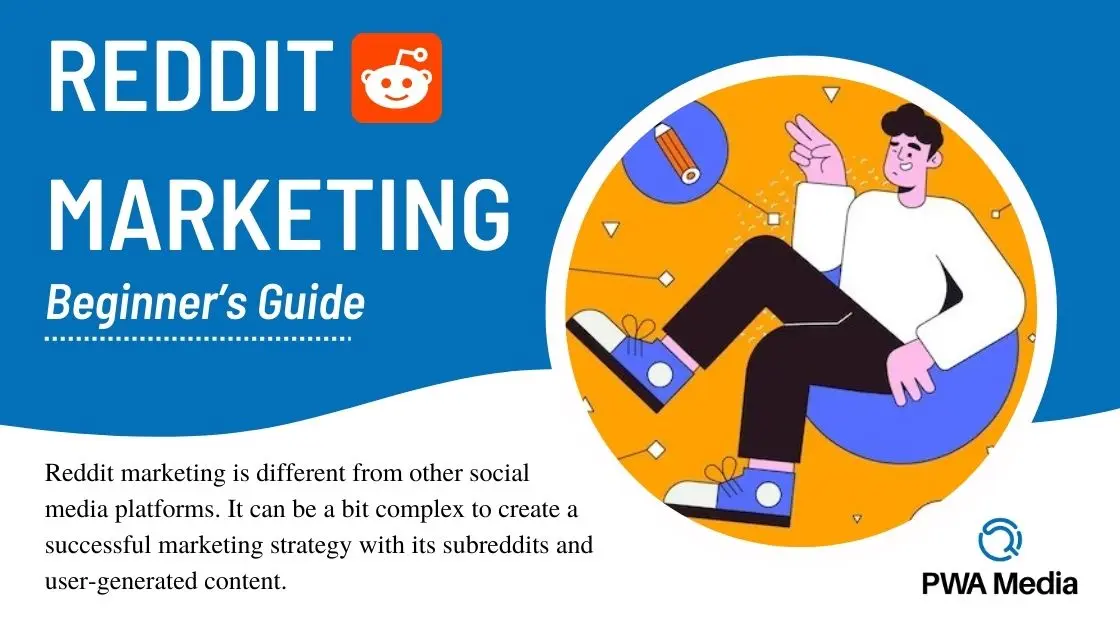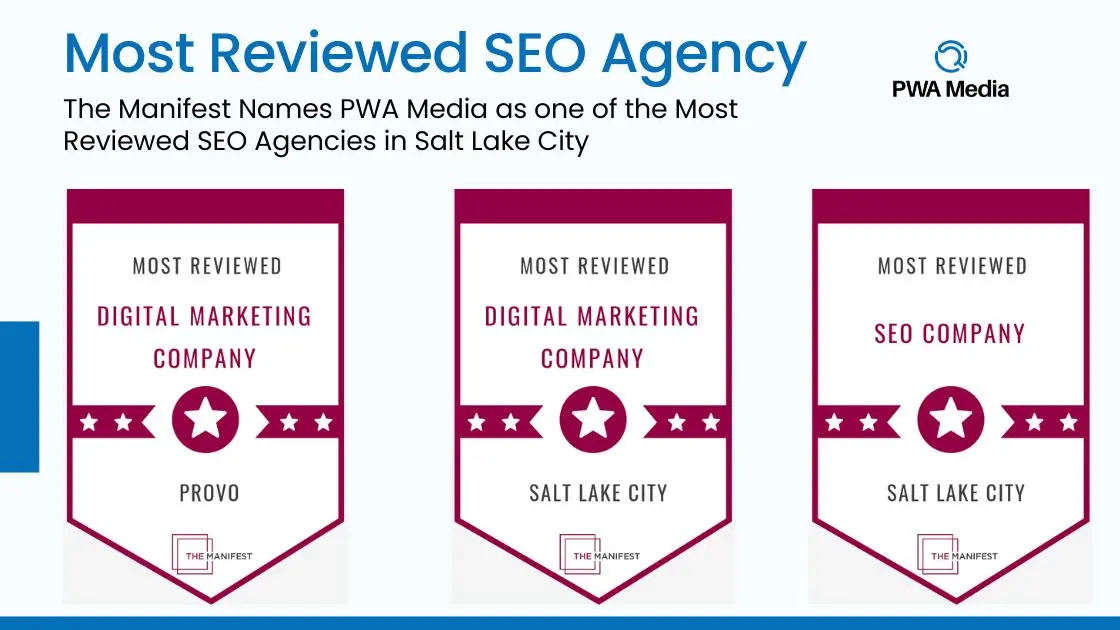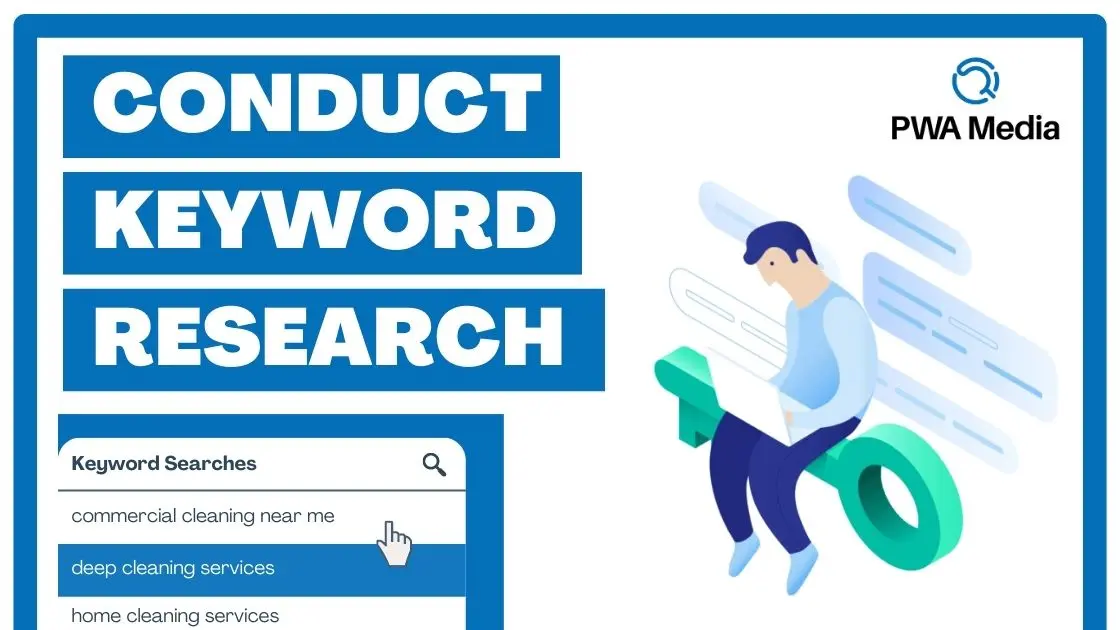With the increase in health consciousness, the fitness sector has grown significantly. Therefore, a fitness business owner must have a strong online presence to reach more potential clients. Your fitness website’s exposure, user experience, and traffic all greatly benefit from search engine optimization (SEO). This article will examine the best strategies for improving your SEO for Gyms.
Table of Contents
ToggleWhy is SEO for Gyms Important?
Smart SEO for fitness will benefit you if you are involved in the fitness industry in any way. Knowing how to handle SEO for gyms & fitness websites can help your company attract more customers, members, and traffic without having to rely as heavily on paid advertisements.
The search engine optimization suggestions below can help you rank better on Google and attract the right customers, whether you run a gym, teach yoga, are a personal trainer, or have a general online fitness website that offers keywords for health and wellness information.
Increased website traffic, sales, and conversions result from better exposure to your target market. Applying the best SEO for fitness techniques will ensure that there is only one #1 Fitness Gym on Google, and that gym is you. The best thing is that using original online content with fitness SEO keywords is a free strategy to build brand awareness and increase website traffic. However, you need the proper SEO plan to turn that new organic traffic into genuine, money-making clients.
Top 5 Ranking Tips for SEO for Gyms & Fitness Websites
1. Conducting Effective Keyword Research for Your Fitness Business
Any SEO strategy must incorporate keyword research. It helps you determine the keywords and phrases target clients use to seek fitness information.
With this knowledge, you can adjust the content of your website to suit their search criteria better. To find appropriate keywords for your fitness business, use keyword research tools like Google Keyword Planner, Ahrefs, or SEMrush.
Concentrate on long-tail keywords with lesser competition and greater specificity. For example, use “cardio workouts for weight loss” instead of “fitness.” In general, you must use two different kinds of keywords.
Buying Intent
This is intended to bring it directly to those interested in services and prepared to sign up for them. A company needs buying intent since it attracts potential customers and helps with high conversion rates.
You can employ these keywords on your home page and service pages. Such keywords include “yoga classes Georgia,” “fitness center Georgia,” etc.
Research Intent
This list of keywords is intended for users looking for information about workouts and fitness. However, let us imagine that many individuals search for websites regarding diet plans that complement workouts.
You can employ a health and fitness keywords list to target highly searched keywords that individuals use intending to conduct research. Even if this audience would not immediately join your gym, it increases your online visibility and website traffic.
2. On-Page Optimization for Fitness Websites
The next stage is to optimize your fitness website for those terms after you have created a list of keywords to target. Making distinct pages for the keyword clusters you are concentrating on is the easiest method to achieve this.
Doing so may optimize your content to appear for the most relevant search terms and attract the most visitors. While a website can be optimized for SEO for fitness in several ways, the four elements outlined below are the best places to start.
Title Tags
The meta title, commonly called the page title, is one of the most significant SEO ranking variables. Meta tags give Google information about the page’s content and what will be displayed for your URL listing on the search engine results page.
Therefore, for better rankings in this subject, keywords are essential. If your website has an SEO plugin, you may quickly update the meta page title to include your target keywords. For owners of WordPress websites, All-in-One SEO, Yoast, and RankMath are all fantastic options.
With only a few clicks, WordPress allows you to optimize your website. However, Google often takes the meta title from the H1 element if you do not have such a plugin and fail to update the page title.
The page’s or blog post’s title is typically coded as the H1 element. Therefore, it is recommended to utilize your primary keyword as the first text in the meta title because it has the most SEO weight.
Meta Descriptions
A meta description is a further area where an SEO plugin can be helpful. Google is given a concise summary of the page’s content using meta descriptions. Google might or might not use your submitted meta description, so keep that in mind.
This is so that Google can modify your meta description for your listing if it does not match the best information on the page with the search query. Despite this, you can still try to optimize your meta descriptions for a fitness website.
In reality, your description has a better chance of showing up on the search engine results page (SERP) if you use SEO and write it well to fulfill the needs of the searcher. Simple SEO for fitness advice is to place your main keyword as the first piece of text in the meta description.
Then, incorporate as many secondary keywords as possible without using unnecessary repetition. To learn what to include in the meta description for your page, look at the meta descriptions for the top 5 Google ranks. The types of information that are included ought to follow a pattern.
Headings
The H1 to H6 tags are used as headers on web pages. The main title of the page, which was briefly discussed in the advice about meta page titles above, is typically contained in the H1 tag.
Copying the meta page title text into the H1 tag is an effective general rule. The H2 to H6 tags can also be optimized for search engine results. Try to include each secondary keyword in at least one H2 title in addition to your main keyword, which should be the first H2 on the page.
Keyword variants are allowed for H3 tags. However, they can be disregarded for SEO since they have a less ranking impact than the H4 to H6 tags.
High-Quality Content
Your fitness website’s content should be as informative as possible. This is not about stuffing your website with random blogs and content on random pages without a strategy. It does not include writing for the sake of writing or liberally providing your blog with fitness-related keywords.
This means that your content should be high caliber, consisting of unique blogs and articles that address the specific queries of your potential customers. Your SEO for top fitness keywords should be the main emphasis of a high-quality blog.
3. Building High-Quality Backlinks for Improved SEO for Fitness Results
You must build links if your website is relatively new on search engines and you want to give your company more credibility. One of the best strategies for improving rankings is via building links. When writing a blog post, pick a passage of text that relates to the page you are linking to.
The anchor text is the text that you use to link to the website. These links are also known as outbound when they lead to another page. Outbound links are valuable to include, but inbound links, or links that lead to other websites, get you more points.
However, the websites that link to your content need to be more reliable than yours. Google receives information about your website’s credibility and relevance via inbound links from trustworthy websites that point to it.
Look for the links in the content of your top competitors for a particular keyword to determine the number of links you can employ. Building a suitable number of links is crucial to avoid giving the impression that you are spamming the content.
4. Local SEO for Gyms & Fitness Businesses: How to Optimize for Local Search Results
Any fitness business’ online marketing plan must include local SEO. It involves optimizing your website and online presence to appear higher in local search engine results pages (SERPs) when potential customers look for fitness-related services in your area.
Here are some essential tips for local SEO for fitness optimization for your fitness business.
Claim and Optimize Your Google My Business Listing
A free service called Google My Business (GMB) lets companies control their online visibility on all Google Places, such as search results and Google Maps.
You can enhance your local SEO and broaden your customer base by claiming and optimizing your GMB listing. Include accurate and current information, such as your company’s name, phone number, website address, operating hours, and photos.
Put location-specific keywords in your content
Local SEO can be enhanced by including location-specific keywords in the content of your website. If you operate a fitness studio in San Francisco, for instance, you might use keywords like “San Francisco fitness studio” or “Bay Area fitness classes” throughout the text of your website.
Your page titles, meta descriptions, headers, and body text should all contain these keywords.
Create Content Specific to a Location
You may boost your local SEO for fitness by producing locally focused content. For instance, you may write blog entries or articles about neighborhood activities, such as “The Best Outdoor Workouts in San Francisco” or “Top Fitness Events in the Bay Area.”
You can attract more local visitors to your website by producing content relevant to your area’s audience.
Encourage Customer Reviews
Your local SEO can also be enhanced by asking consumers to submit reviews on your GMB listing. Favorable evaluations can help you become more visible in local search results and to improve your standing with prospective clients.
Respond to all favorable or unfavorable reviews to demonstrate that you value customer opinions and are dedicated to providing top-notch service.
Build Local Backlinks
Your local SEO can also be enhanced by acquiring backlinks from trustworthy, other local websites. For instance, you may collaborate with other nearby companies or groups to create co-branded content or support neighborhood events.
You may raise your online visibility and search engine rating by building connections with local businesses.
5. Monitoring and Analyzing Your SEO Performance: Key Metrics to Track
The online marketing plan of every fitness company must include tracking and analyzing SEO results. It involves tracking the effectiveness of your website and identifying its weak points using technologies like Google Analytics and Google Search Console.
When tracking and examining your SEO for fitness results, keep an eye on the following essential metrics.
Organic Traffic
Organic traffic is the number of people who arrive at your website via search engine results pages (SERPs). The impact of your SEO efforts may be tracked, and any changes in search engine positioning can be found by keeping an eye on the organic traffic to your website.
Under the “Acquisition” tab in Google Analytics, you can get information about the organic traffic to your website.
Keyword Rankings
Keyword rankings are how well your website performs for particular terms in page search engine results. You can determine which keywords bring in the most visitors to your website and change your SEO for fitness strategy by monitoring your keyword rankings.
Under the “Performance” tab in Google Search Console, you can see the keyword rankings information for your website.
Backlinks
Backlinks are connections to your website made by other websites. As a result, your website’s traffic can increase, and your search engine rating can be enhanced with high-quality backlinks.
You can check your website’s backlinks to ensure they are relevant and of good caliber. Under the “Links” tab in Google Search Console, you can view the backlink data for your website.
Bounce Rate
The percentage of visitors to your website that leaves after only reading one page is called the “bounce rate.” If your website has a high bounce rate, it may not be interesting or relevant to your visitors.
You can find places where your website’s design, content, or user experience needs to be improved by keeping an eye on your bounce rate. The “Behaviour” tab in Google Analytics allows you to see information on the bounce rate of your website.
Best SEO Keywords for Fitness
Here are some popular and effective keywords for the fitness industry.
- Fitness training
- Workout routines
- Health and Fitness
- Exercise programs
- Gym memberships
- Fitness classes
- Weight loss tips
- Strength training
- Cardio workouts
- Fitness equipment
- Personal training
- Nutrition and Fitness
- Yoga and Pilates
- Fitness challenges
- Fitness Motivation
Long-Tail Fitness Keywords
Here are some long-tail keywords related to fitness.
- Best fitness workouts for weight loss
- How to stay motivated for fitness
- Effective at-home fitness routines
- Fitness and nutrition for busy professionals
- Yoga poses for stress relief and relaxation
- High-intensity interval training for beginners
- How to build muscle mass through fitness
- Fitness and wellness retreats for mental health
- Tips for maintaining a healthy lifestyle
- Fitness supplements for optimal results
- The importance of stretching in fitness
- Fitness for seniors: exercises and precautions
- How to track your fitness progress
- Fitness gear for outdoor workouts
- Fitness challenges for couples
Frequently Asked Questions
Q: How long does it take for SEO efforts to deliver results?
A: Due to the time search engines can crawl and index your website’s content, SEO efforts may take some time to produce results. However, fitness businesses can start to see benefits in a few months with regular effort and a well-planned SEO strategy.
Q: Can social media help with SEO?
A: Social networking can indirectly affect your website’s exposure and traffic even though it does not directly impact SEO. You may increase the number of people who visit your website and possibly generate more backlinks, which will help your search engine rating, by marketing your content on social media.
Q: Does keyword stuffing still work as an SEO technique?
A: No, keyword stuffing is no longer a successful SEO strategy and may lower your website’s position. Instead, fitness companies should concentrate on strategically integrating keywords into their websites’ content while ensuring the content is interesting and beneficial to their audience.
Conclusion
Any fitness business’ online marketing approach must include SEO. It enables firms in the fitness industry to bring in more potential clients, improve their online visibility and eventually expand their business.
There are many techniques of SEO for fitness businesses may employ to enhance their online presence, from creating high-quality content to optimizing local SEO and monitoring and analyzing results. But it is crucial to remember that SEO is an ongoing process that needs ongoing supervision and improvement to be effective.
Fitness organizations may stay ahead of the competition and accomplish their corporate objectives by implementing these SEO methods. Fitness businesses may enhance their internet presence, get more clients, and enjoy long-term success with the appropriate strategy and commitment.


